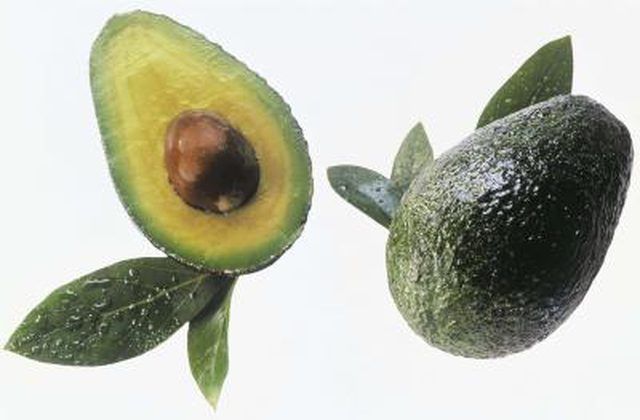Bulbs
Flower Basics
Flower Beds & Specialty Gardens
Flower Garden
Garden Furniture
Garden Gnomes
Garden Seeds
Garden Sheds
Garden Statues
Garden Tools & Supplies
Gardening Basics
Green & Organic
Groundcovers & Vines
Growing Annuals
Growing Basil
Growing Beans
Growing Berries
Growing Blueberries
Growing Cactus
Growing Corn
Growing Cotton
Growing Edibles
Growing Flowers
Growing Garlic
Growing Grapes
Growing Grass
Growing Herbs
Growing Jasmine
Growing Mint
Growing Mushrooms
Orchids
Growing Peanuts
Growing Perennials
Growing Plants
Growing Rosemary
Growing Roses
Growing Strawberries
Growing Sunflowers
Growing Thyme
Growing Tomatoes
Growing Tulips
Growing Vegetables
Herb Basics
Herb Garden
Indoor Growing
Landscaping Basics
Landscaping Patios
Landscaping Plants
Landscaping Shrubs
Landscaping Trees
Landscaping Walks & Pathways
Lawn Basics
Lawn Maintenance
Lawn Mowers
Lawn Ornaments
Lawn Planting
Lawn Tools
Outdoor Growing
Overall Landscape Planning
Pests, Weeds & Problems
Plant Basics
Rock Garden
Rose Garden
Shrubs
Soil
Specialty Gardens
Trees
Vegetable Garden
Yard Maintenance
How to Grow Avocado Trees in Texas
How to Grow Avocado Trees in Texas. Because avocados are tropical and subtropical evergreen plants, they do better in the southern part of Texas, where the climate is warm all year and the risk for frost in the winter is low. According to the Texas A&M Extension Office, Texas's avocado trees are adapted to all kinds of soil in the state. So...

Because avocados are tropical and subtropical evergreen plants, they do better in the southern part of Texas, where the climate is warm all year and the risk for frost in the winter is low. According to the Texas A&M Extension Office, Texas's avocado trees are adapted to all kinds of soil in the state. So whatever you have in your backyard should do the trick, as long as you have enough space for a large tree.
Things You'll Need
Avocado tree
Shovel
Burlap-covered cage
Ammonium sulfate
Blankets (if necessary)
Choose the planting site with two things in mind: drainage and heat. Avocado trees need well-drained soil. They also require a warm place. Ideally, you should plant your tree facing south or southeast to minimize the chances it will freeze in the winter. You should also consider the distance from your house. Because some varieties of avocado can grow 40 feet tall and wide, plant them at least 10 feet from your home.
Prepare the avocado tree. Buy a young potted avocado tree from a local nursery. Remove it from the pot and wash off the substance around the root-ball, unless the nursery had it planted in soil. Soak the roots in water overnight or a minimum of four hours.
Plant the avocado tree. Dig a hole at least twice as wide as the root system. Put the tree in the center of the hole and backfill it. If you're planting multiple trees, space them 15 to 25 feet apart. If you want to start your own tree, you'll need access to another avocado tree for grafting.
Stake your tree and shade it. Texas A&M Extension Office recommends you use a burlap-covered cage to protect your new avocado tree from the sun and wind. The cage should be a foot taller than the tree. Keep it in place for several months until your tree is established and growing.
Water and feed your avocado tree. Water your tree thoroughly and regularly, but keep in mind that although avocados need moisture, they succumb to root rot if they have to sit in water. Feed your tree from February through September. In the first year, give it 1/2 cup of ammonium sulfate once a month. The following year, feed it 1 cup a month. In the third year, apply 2 cups of ammonium sulfate per month. From the fourth year on, measure the trunk's diameter and multiply the number of inches by 1 to 2 cups of ammonium sulfate. Divide the total in three parts and apply each third of fertilizer in February, May and September.
Protect your avocado tree from the cold. When you expect freezing weather, build a mound of soil around the trunk. You can also drape blankets over young trees. In the spring, cut off any branches that have frost damage.